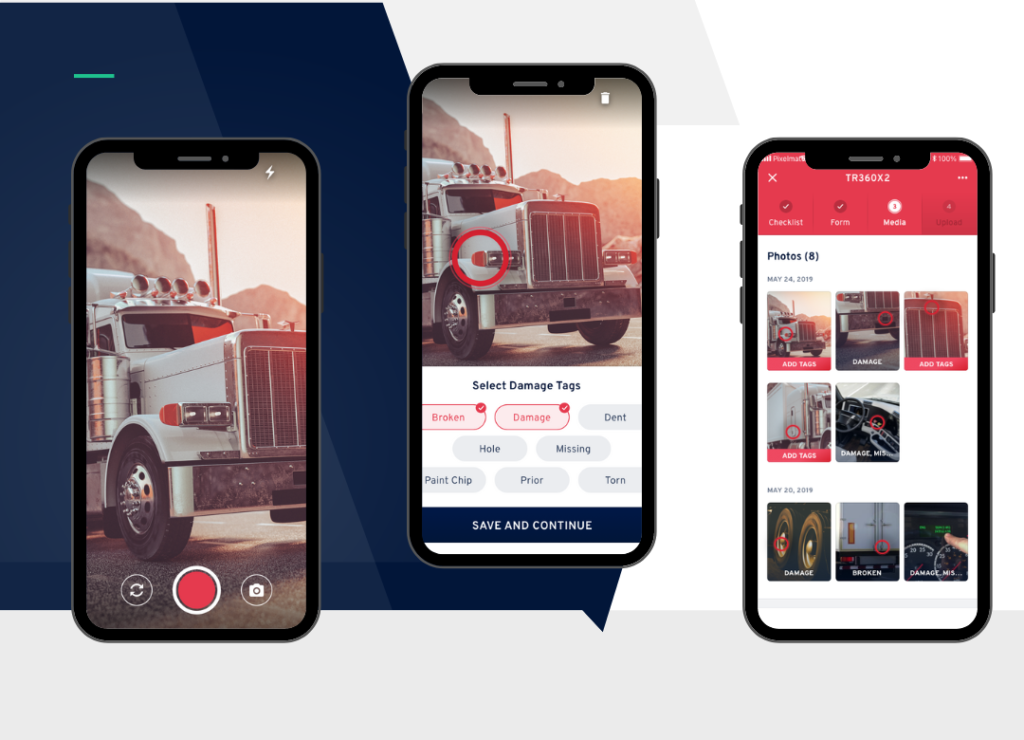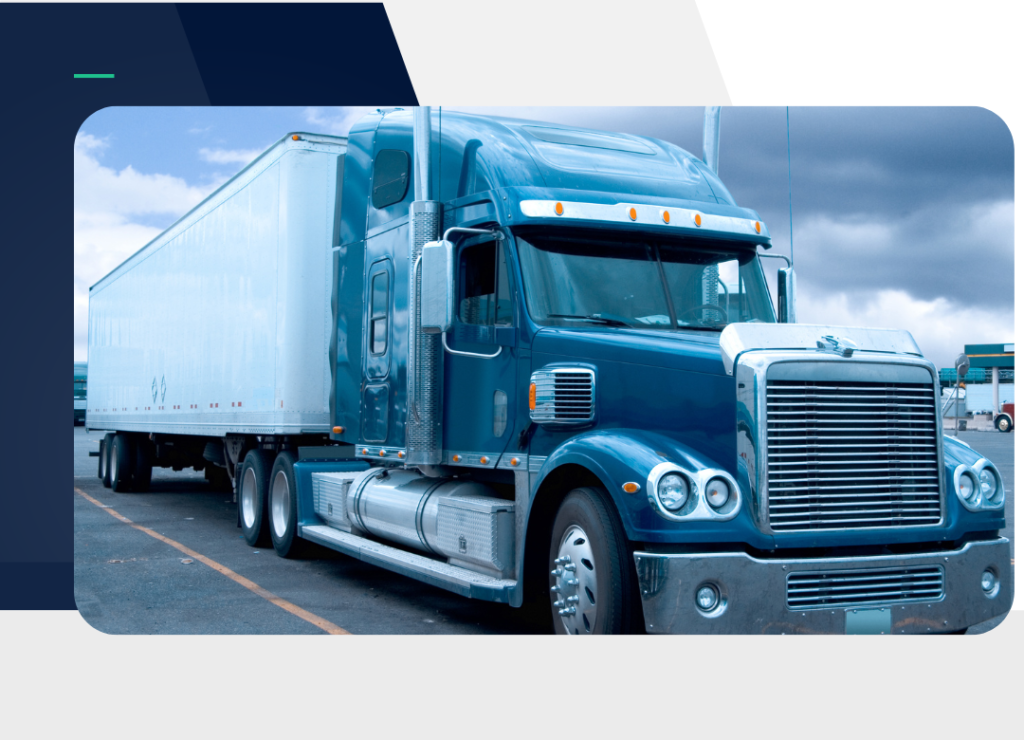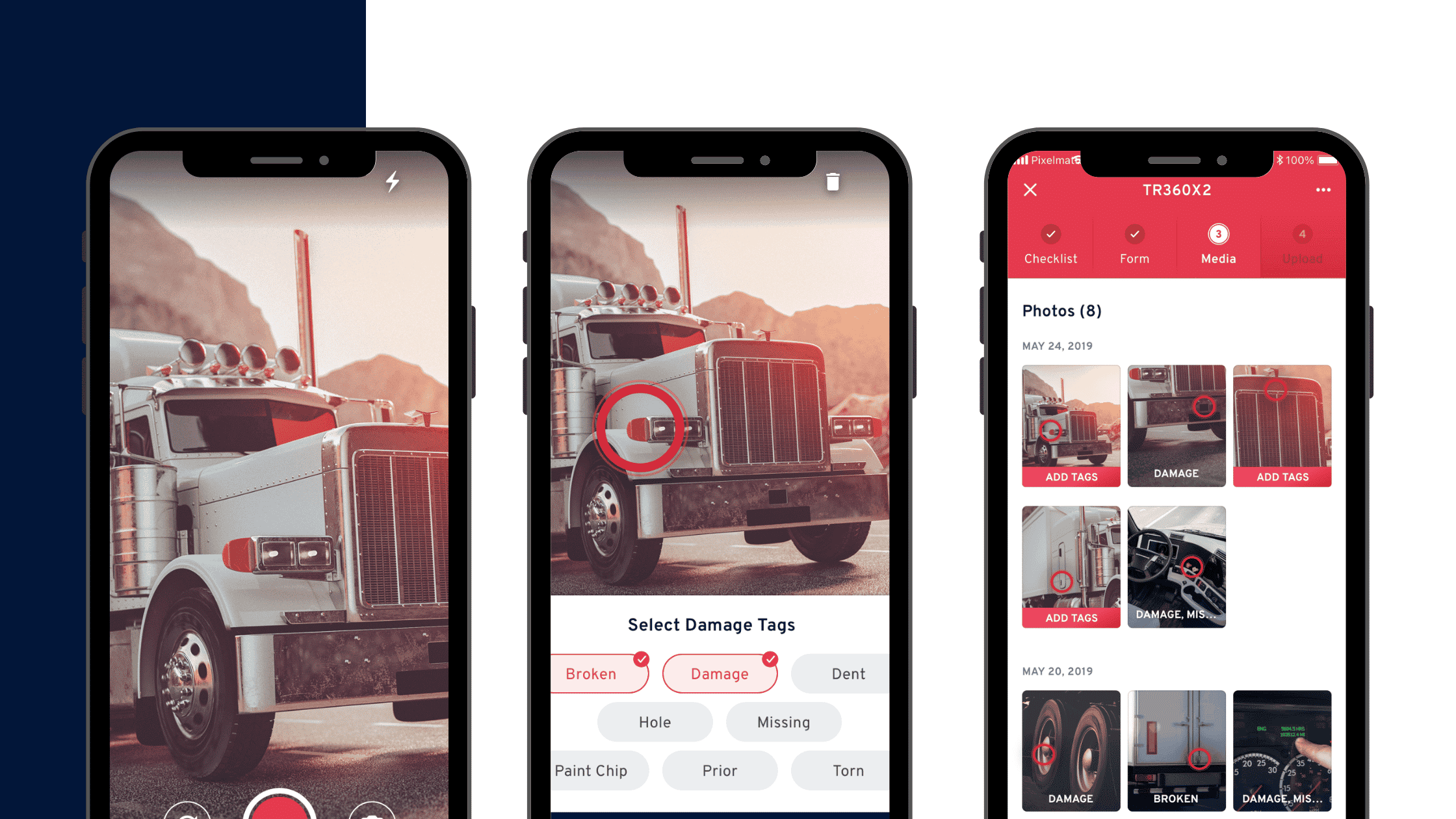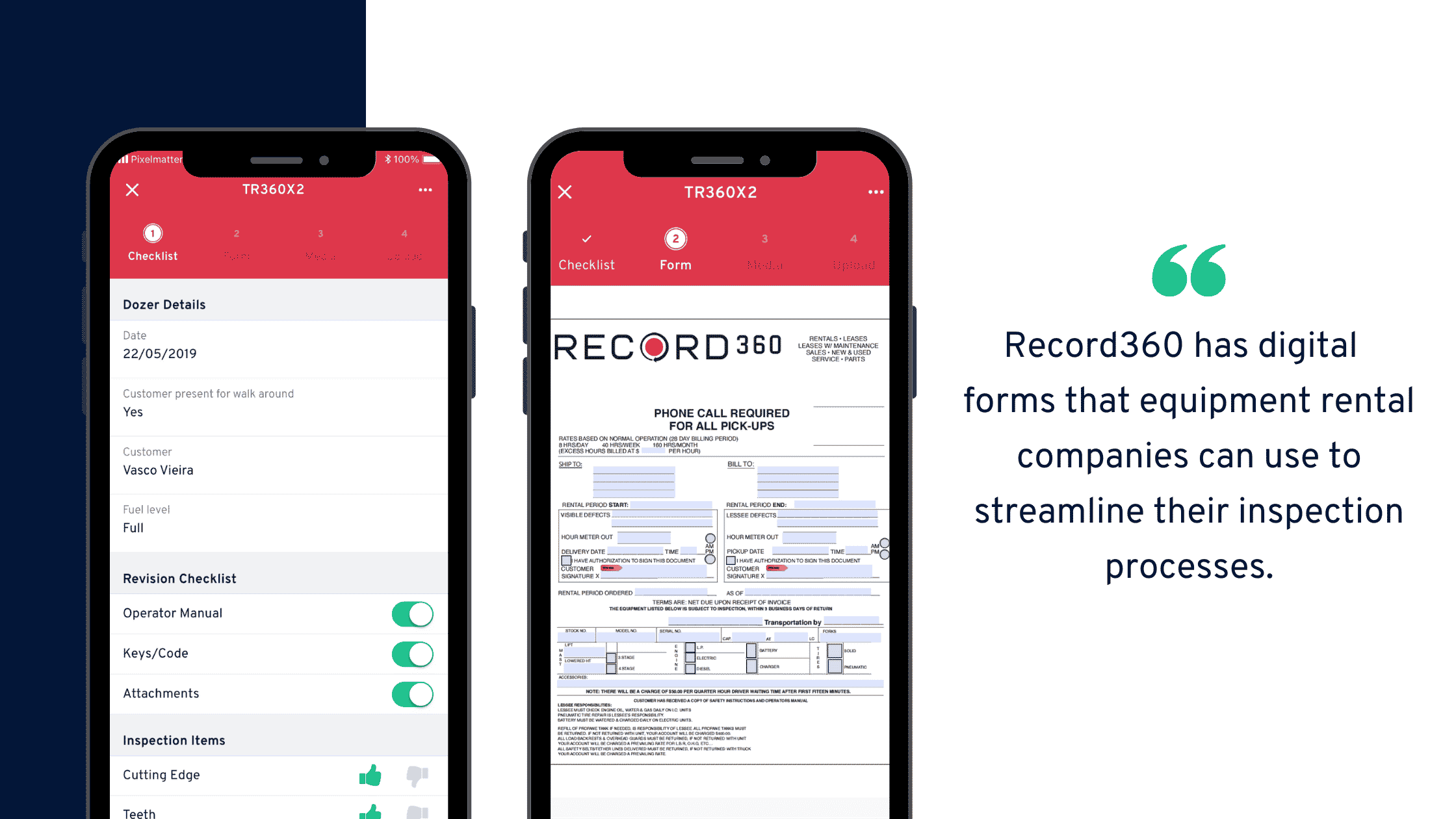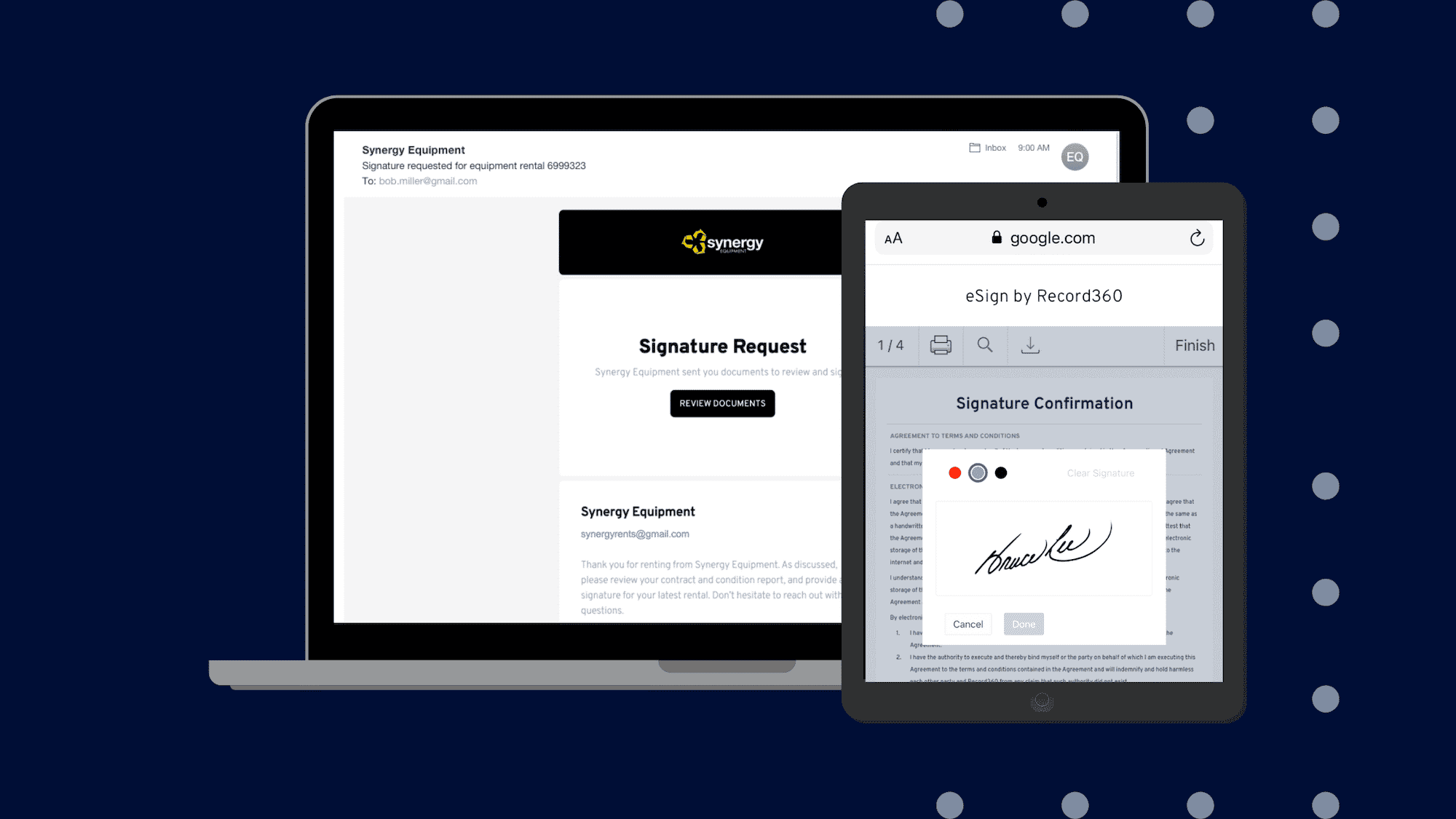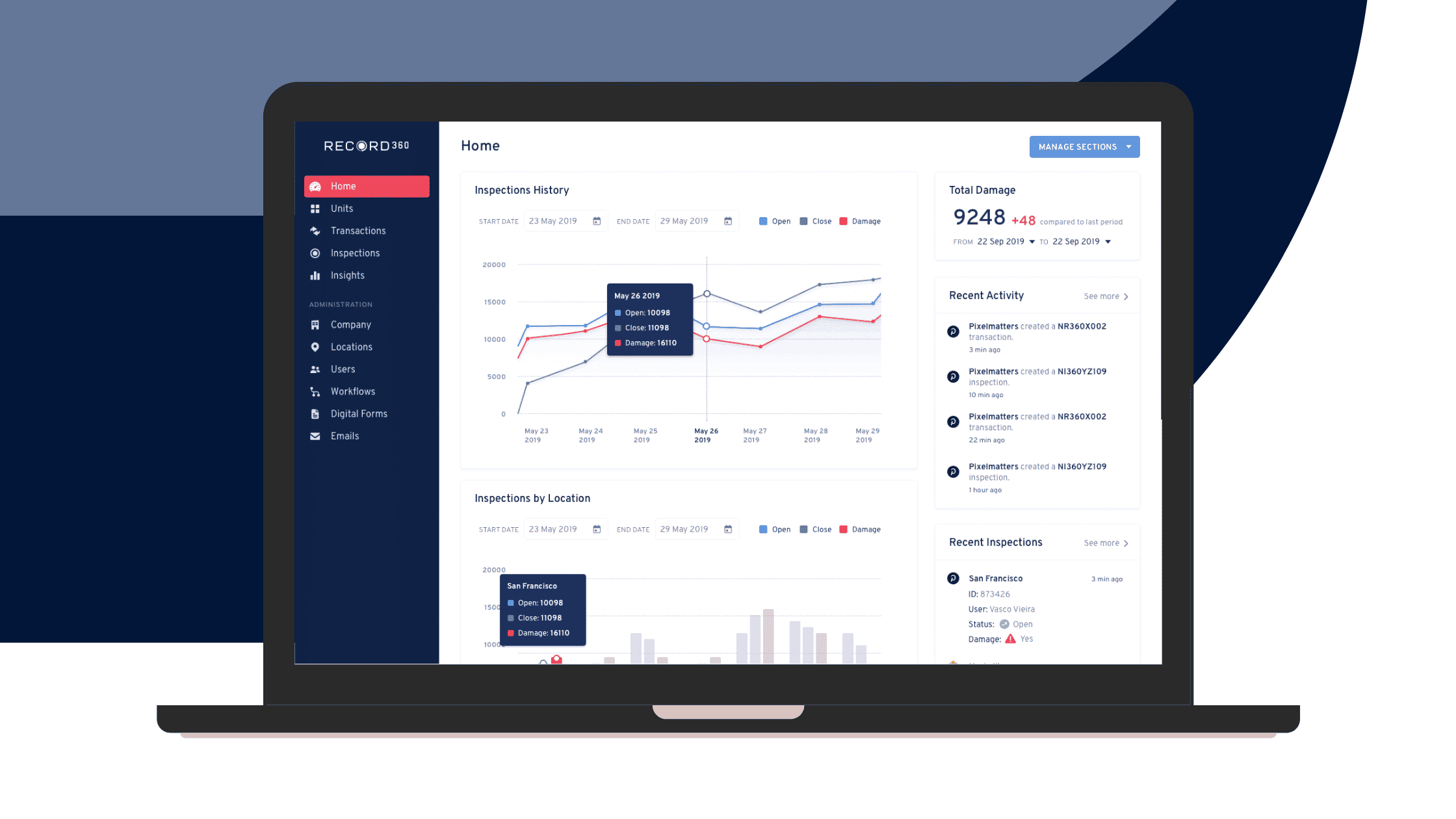As the transportation industry evolves, businesses must stay updated with the latest technology and tools that can help streamline their operations and maximize their profits. Record360 is a digital inspection and asset condition management software that allows truck and trailer companies to document vehicle conditions, reducing disputes and improving customer satisfaction.
In this article, we’ll explore the ROI of Record360 and why investing in our solution can pay off big for your truck and trailer business. We’ll also hear directly from some of our satisfied customers about their experiences with Record360 and how it has impacted their bottom line.
What is Record360 and How Does it Work?
Record360 is a digital solution that helps truck and trailer rental businesses document the condition of their assets using photos, videos, and custom inspection forms. With Record360, rental companies can easily create and send digital rental contracts, conduct pre- and post-rental inspections, and document any damages or issues during the rental period.
By using Record360, rental companies can significantly reduce the risk of disputes. This saves time and money and improves customer satisfaction by providing a transparent and trustworthy rental process.
The ROI of Record360
So, how does investing in Record360 pay off for your truck and trailer business? Here are just a few of the ways:
Reduced Disputes and Claims
As mentioned, one of the most significant benefits of Record360 is that it reduces disputes and claims related to damages. By providing precise and detailed evidence of the asset’s condition at the time of rental, rental companies can quickly and easily resolve any disputes that may arise without spending time and money on legal fees or lost rental revenue.
According to Mark Hamilton, General Manager of Worldwide Equipment Leasing, “Record360 has definitely saved us a lot of money. I could give a hundred different examples of customers immediately wanting to dispute damages and as soon as you show them that video evidence of how the truck went out and the condition- case closed.”
Increased Efficiency
Using Record360, rental companies can also increase their efficiency and productivity by reducing the time spent on manual inspections and paperwork. With Record360, inspections can be completed quickly and easily using a mobile device, and all data is automatically synced to the cloud for easy access and sharing.
Quentin Gibson, Senior Transportation Manager of Creative Bus Sales, explains, “I really enjoy the software. It’s changed our company tremendously; it’s been really good for us. It took us out of the Stone Age and into the digital age. It’s a great tool to have in your pocket.”
Improved Asset Management
Record360 also provides rental companies valuable insights and analytics about their assets, allowing them to make more informed decisions about maintenance, repairs, and replacement. With Record360, rental companies can easily track the condition and history of their assets, identify recurring issues, and take proactive steps to prevent future problems.
Josh Lombardo, Corporate Director of Rental at AIM Transportation Solutions, highlights the financial benefits of using Record360: “We have about 37,000 inspections that we’ve done with Record360, recouping a couple hundred thousand dollars instantly.”
How to Get Started with Record360
Getting started is easy if you’re interested in investing in Record360 for your truck and trailer rental business. Sign up for a free trial or schedule a demo with one of our experts to see
Record360 can transform your rental process and help you save time, money, and headaches. But more than that, knowing that your assets are being documented and protected with the latest technology can give you peace of mind.
Imagine confidently showing your customers the exact condition of the vehicle they’re renting and having all the necessary documentation at your fingertips in case of a dispute. With Record360, this is not only possible but also easy and efficient.
As a truck and trailer rental business owner or manager, you know how competitive the industry can be. By investing in Record360, you can set yourself apart from the competition and provide your customers with a rental experience that is transparent, trustworthy, and hassle-free.
Investing in Record360 is not just a financial decision; it’s an investment in the future of your business. By embracing the latest technology and tools, you can stay ahead of the curve and provide your customers with the best possible rental experience.
So what are you waiting for? Sign up for a free trial of Record360 today. See for yourself how it can transform your truck and trailer rental business.



